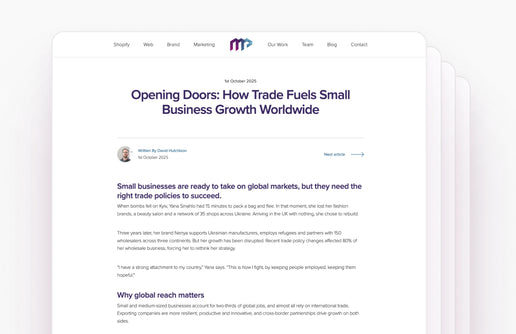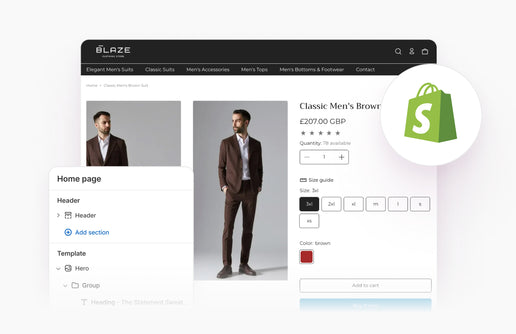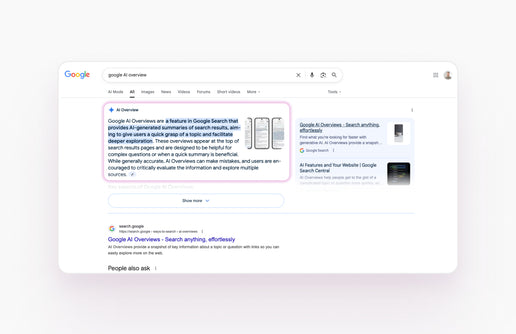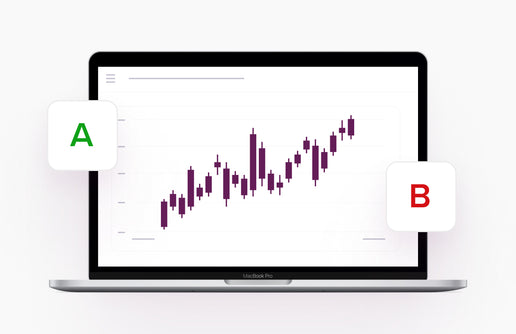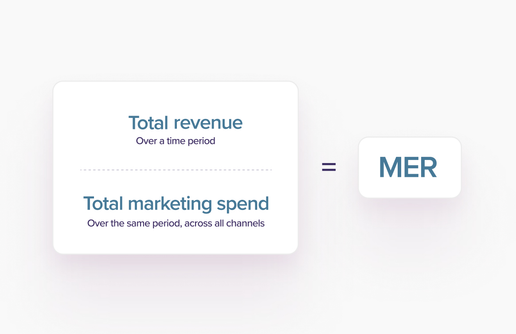When it comes to web design, many elements contribute to a website's success. Among them, typography often takes a backseat, overshadowed by flashy graphics or features. Typography however is a fundamental aspect of branding & design that can make or break a website's effectiveness.
What is Typography?
Typography is the technique, and indeed the art, of arranging type to make written language legible, readable, and visually appealing. From font type to size, spacing to layout, your typography can tell a reader much about the information before the words themselves have even registered.

So Why is Typography Important For My Website?
A website’s main function is to present information and to allow users to complete actions in a quick and efficient manner. You could have the quickest and most functional website on the planet but if users can’t understand the content or are even subconsciously alienated by it, then it will struggle. Typography is an extension of your branding which in turn forms a significant part of your website design.
Here are some of the key elements and benefits of typography that show just how important it can be:
Brand identity
Typography should align with a brand's identity, conveying its personality and values to the audience. Consistent use of fonts across your website helps create a cohesive & memorable brand image. Whether it's a playful and casual font for a children's clothing store or a clean, professional typeface for a legal firm, the typography you choose communicates a specific message about your brand.
Legibility
Properly chosen typography ensures content is easy to read and comprehend, enhancing user engagement. If the primary purpose of a website is to convey information, you better be sure that it can - be that product information, shipping details, or navigation. Consider font selection, spacing, contrast - this can all significantly develop the user's experience. Clean and legible typography allows users to absorb information effortlessly, keeping them engaged and preventing them from bouncing off your site.
Accessibility
Typography choices are critical in ensuring websites meet accessibility standards, making content usable for all users, including those with disabilities. Good typography practices, such as using a readable font, maintaining sufficient contrast between text and background, and providing adequate spacing, ensure that your website is accessible to a wider audience, including those with visual impairments.
Consistency
Consistent typography across the website creates a cohesive and organised appearance, aiding in visual harmony and user retention. A well-designed website, including thoughtful typography choices conveys professionalism and attention to detail, helping to establish credibility and trust. Visitors are more likely to trust and engage with a site that is constructed and displayed in an easy to digest, user-friendly way.
Information Hierarchy
Different font styles and sizes establish a clear information hierarchy, guiding users through the content structure. Well-thought-out typography contributes to a positive user experience. It guides the reader's eyes, making it easy to navigate through content. Proper hierarchy using font size, weight, and colour helps users quickly identify headings, subheadings, and body text. This, in turn, leads to a more intuitive and enjoyable browsing experience.
Some of the Key Components of Typography
We’re sure you’re starting to see how important typography is to your website, and how the sum of it’s parts can really enhance your website. Remember, like any Gestalt entity, the success of the outcome is highly dependent on the individual parts that constitute it. In isolation, any of these factors can be effective, however consistency across various touch-points of typography is crucial. Here are some of the components of typography you may or may not be aware of which can play an important role in your website branding & design.
Font Choice: The specific typeface or font family selected for use in a design. Fonts come in various styles, such as serif (with small lines or strokes at the ends of characters) and sans-serif (without those lines).
Font Size: The size of the text, measured in points, determines how large or small the characters appear. Headings are usually larger than body text for emphasis and readability.
Line Spacing (Leading): This is the vertical space between lines of text. Proper leading ensures that lines are spaced in a way that makes the text legible and easy to read.
Letter Spacing (Kerning): This refers to the adjustment of space between individual letters. It helps to improve the overall visual balance and readability of text.
Alignment: Text can be aligned left, right, centre, or justified (evenly aligned on both left and right margins). Each alignment has its own visual impact and can affect readability.
Colour & Contrast: The colour of text and its contrast against the background are crucial for readability. High contrast ensures that text is clear and legible.
Typography: More Than The Words on the Page
Typography is not merely about choosing fonts; it's about making deliberate design decisions that impact how users perceive and interact with your website. By giving typography the attention it deserves, you can significantly enhance the overall effectiveness and user experience of your site. Remember, good design is invisible - it supports the content without drawing attention away from it.
At Mucky Puddle, we are branding specialists as well as design & development experts. Our team works together to create beautifully designed websites which clearly and professionally display information for your customers to engage with. Contact us today to discuss how typography or other branding projects can enhance your corporate image to shine on exciting digital channels new and old.


